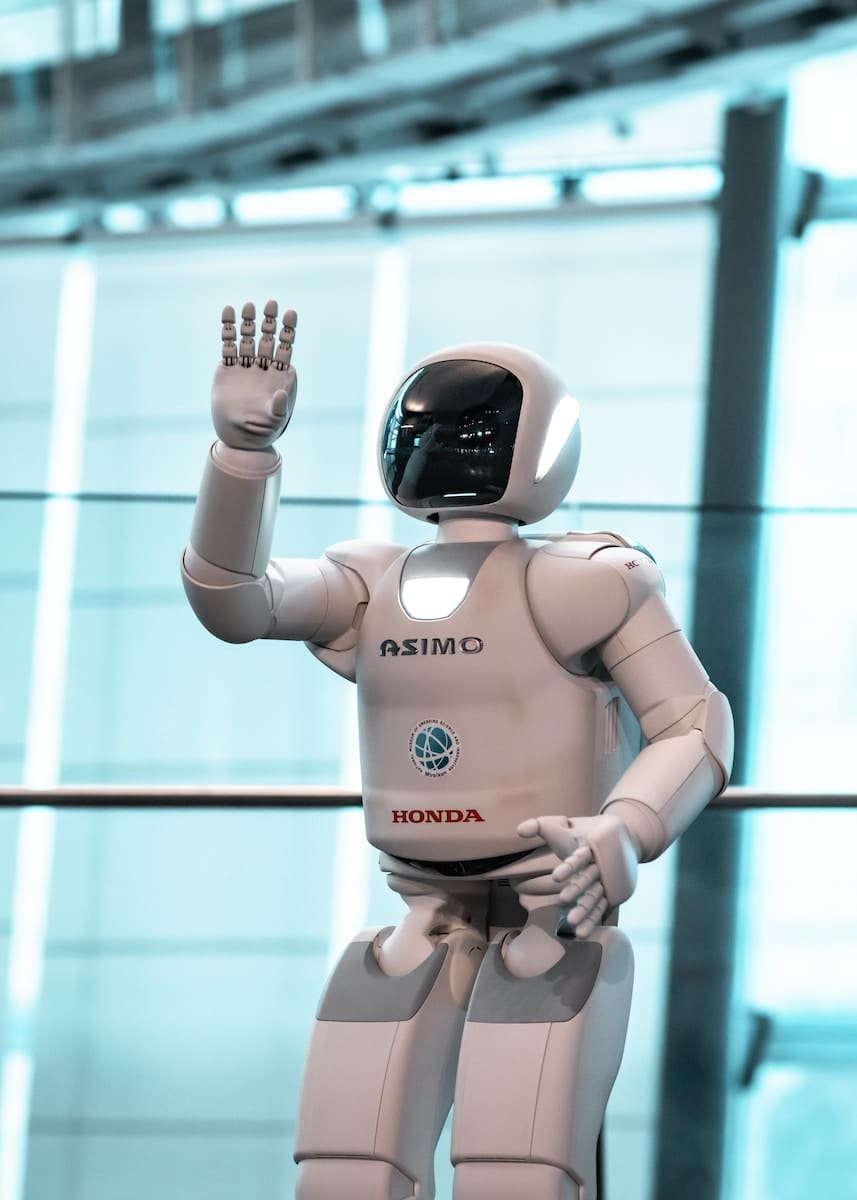Among the creations of God, human intelligence is one of the best gifts given to humans by God. Meanwhile, the robot is the creation of humans due to its intelligence.
It does not matter it is a human or robot intelligence plays a vital role.
Humans have a quality that aids them to solve, learn, and understand problems with brilliant ideas. On the contrary, the robot is something that through information they receive mimics human beings.
In this article, the chief aim is on differentiating humans and robots.
Key Takeaways
- Humans possess emotions, empathy, and adaptability, while robots operate based on programmed instructions.
- Robots can perform repetitive tasks with higher precision and efficiency than humans.
- Humans have creative problem-solving skills and can learn from experience, whereas robots require continuous updates to improve their capabilities.
Human vs Robot
Human beings are organisms that evolved over millions of years, possessing a complex and sophisticated brain that allows for creativity, emotions, and free will. Robots are machines that are designed and programmed to carry out tasks. Robots lack consciousness, emotions, and free will.

Humans are the widespread and most abundant species of primate characterized by complex brains and bipedalism. Due to this development of advanced language, culture and tools took place.
They are highly social and also tend to live in social structures with the composition of many competing and cooperating groups.
A robot is a gadget that is operated automatically and replaces the efforts of humans. Though, it might not resemble beings in terms of performing functions or appearance in a human-like manner.
Robotics is the discipline of engineering that deals with the construction, design, and operation of robots.
Comparison Table
| Parameters of Comparison | Human | Robot |
|---|---|---|
| Adaptivity | High | Depends on design, but limited |
| Specialty | Generic (depending on training) | Specialized |
| Accuracy | Biologically limited | Designed to exceed human scales |
| Stable performance | Degrades rapidly by the time | No degradation |
| Exposure | Susceptible to infection and radiation | Unsusceptible to environmental hazards |
What is Human?
A human being is a primate of culture bearing categorized in the genus, particularly the Species H. Sapiens.
They are anatomically related and similar to the great apes but also distinguished by articulate speech’s resultant capacity and more highly developed brain and abstract reasoning.
Between humans, social interaction has established a range of rituals, social norms, and values that bolster society.
Environment and genes influence human biological variation in noticeable characteristics like disease susceptibility, lifespan, physiology, body size, and mental abilities.
Though humans range in many traits like physical features and genetic predispositions, two humans are genetically similar over 99%.
They are sexually dimorphic in which a higher body fat percentage is linked with women, while greater body strength is associated with men.
Humans can consume a range of animal and plant materials and are thus, referred to as omnivorous. Since the H. Erectus time, they have used forms of heat like fire to cook and prepare food.
They are also diurnal as sleeping on average per day they sleep about 7 to 9 hours.

What is Robot?
A robot is a gadget, particularly one programmable by a computer. It is capable of acting’s complex series automatically.
It can guide by a device controlled externally, or the command might be embedded within. To evoke the human configuration the construction of robots is done, but most of them are task-performing machines.
By mimicking or lifelike automating movements or appearance a robot might convey intelligence sense or think of its own. In the future, autonomous things are expected to proliferate with home robotics and the autonomous car.
The technology’s branch of robotics deals with the construction, application, design, and operation of robots as well as a computer system for their sensory feedback, information processing, and control.
These technologies deal with automated machines that in manufacturing processes or dangerous environments can take the place of humans.
From the ancient civilization’s time, there had been several accounts of automated devices which are user-configurable and even automata resembling other animals like humans.
Through the industrial age, mechanical techniques developed, and also more practical applications appeared.

Main Differences Humans and Robot
- To repeat the same tasks many times make human get distracted or tired. On the other hand, robots fail to get distracted or tired, which allows the robot to perform in loops for a long time the same task.
- Humans have a high capacity integration for human on a high level, and also a low level, it is easy to overload. In contrast, due to AI, the robot information integration capacity is limited on a high level, but at a low level, it offers high capacity.
- The skill in performing tasks particularly with the hands is high within the sensory range of humans. On the flip side, the robot is limited in terms of dexterity by the actual sensors, but the range can exceed depending on human perception.
- In terms of disadvantages, weakness, low productivity, fatigue, and imprecision are some of the disadvantages of humans. On the contrary, the disadvantages of the robot are no process knowledge, lack of creativity, lack of experience, and no decision power.
- When it comes to computing power, there is a possibility of making calculation mistakes and errors due to which human fault to provide accurate results. Meanwhile, robots eliminate the possibility of the error and are quicker at making calculations that provide more accurate results.

References
- https://books.google.com/books?hl=en&lr=&id=ARBJAgAAQBAJ&oi=fnd&pg=PR5&dq=human+&ots=dFhupNOBWC&sig=tNTbTPWD1P3Sm8AJ2BghPzX7d1E
- https://books.google.com/books?hl=en&lr=&id=jpX9Lrxn58MC&oi=fnd&pg=PR7&dq=robot&ots=td2WtdYt_e&sig=idrCLHM7XEXcApyfmeKM7sop964
